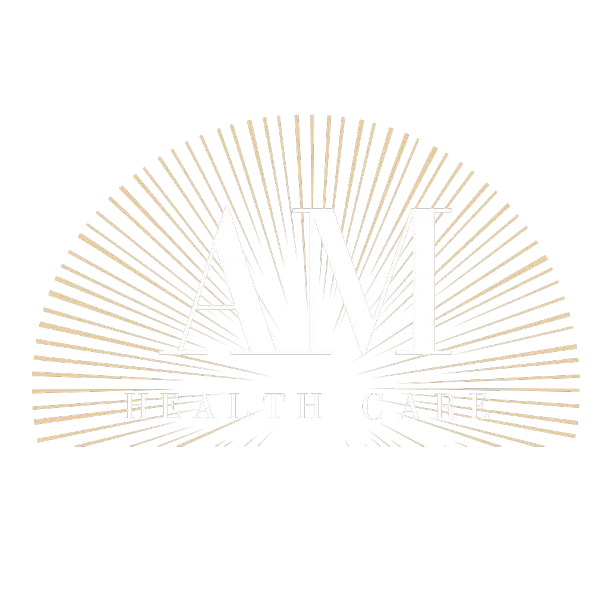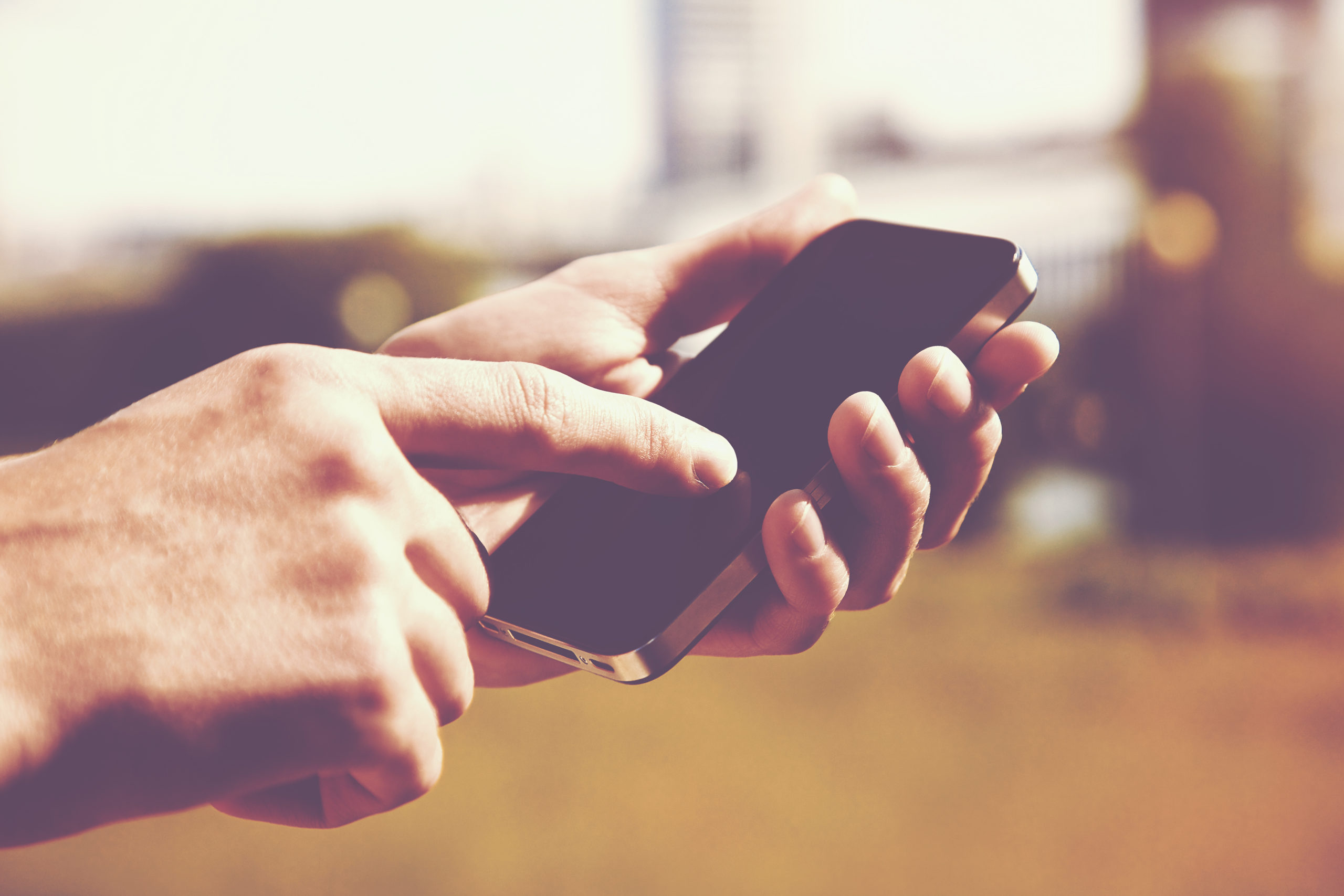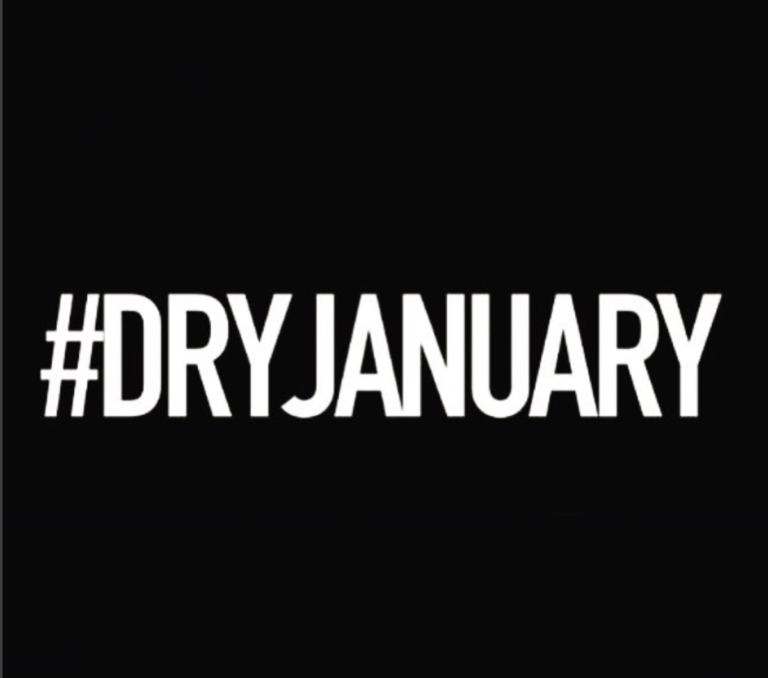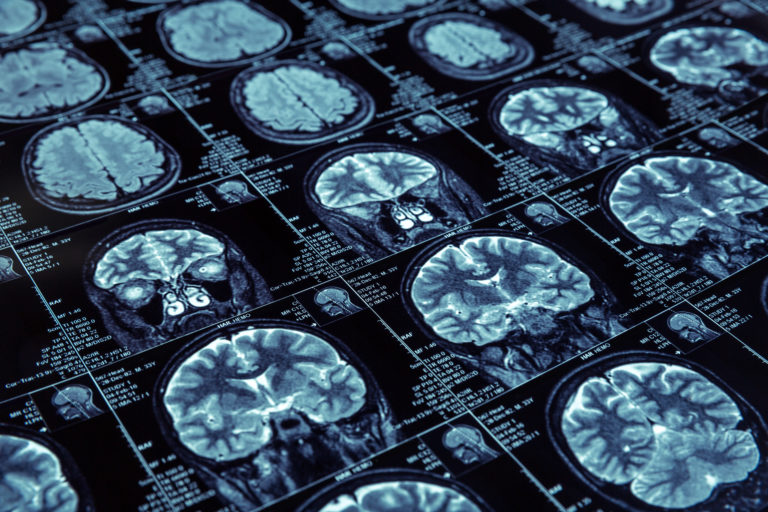With America’s opioid epidemic claiming tens of thousands of lives each year, it’s not surprising to hear that numerous companies are jumping in to lend support. And on the tech side of things, an app firm called Second Chance hopes to save lives with a smartphone tool that can supposedly detect an overdose.
Several news outlets covered the story this week, which included a play-by-play example of how the downloadable app works. The company is based in the northwest and consists of a group of researchers from the University of Washington. Their data shows that breathing problems may be the early warning sign that an overdose is occurring. If an alert is recorded in time, an antidote like naloxone can quickly be administered; which has been shown to save lives.
UW is actually helping to fund the app, which converts a typical iPhone or Android device into a short-range active sonar. From there, it can use frequency shifts to identify respiratory depression, apnea and gross motor movements associated with acute opioid toxicity. Early research has shown the feature to be a success, but there is still the need for approvals from the Food and Drug Administration.
Though the technical description of its operating model may be a little hard to process, Second Chance developer Dr. Jacob Sunshine offered a simpler explanation to the press. As he put it, the technology is based solely around breathing patterns. When the app is activated, you place it against your chest and a monitor can determine whether you are outside of the normal range. If so, an alarm sounds so the user can reach out for help. If the user does not respond to the alarm, however, the phone automatically dials 911 for medical assistance.
As Dr. Sunshine explained, the goal would be to decrease the crisis’ death count and hopefully get more people into treatment.
“The goal of this project is to try to connect people who are often experiencing overdoses alone to known therapies that can save their lives,” he told CNBC. “We hope that by keeping people safer, they can eventually access long-term treatment.”
Naloxone would be the other key component of this equation. Dr. Sunshine recommended that people battling this types of addiction always keep the overdose antidote nearby. Educating loved ones about how to administer it is also beneficial, as the alert could occur on the homefront and perhaps a parent or a spouse would need to spring into action.
We know the ultimate way to prevent an overdose is to get people into recovery before an incident like this occurs. But it is nice to know that safety precautions like this exist, in case a true emergency were to arise.

